No to compartmentalization.
No to unsustainability.
No to quick, meaningless ways of working.
No to compartmentalization:
In the past semester—as I planned a symposium, worked on a performance piece, started plans for a performance series in Cleveland, taught and planned my classes, spent time with people I care about—I thought the only way I could get everything done was to compartmentalize. I blocked off my schedule, planning every hour; time to rehearse, time to check emails, time to get class prep done, all before I enjoy any remaining free time. Now I wear my professor hat. Now I wear my PR hat. Now I wear my choreographer hat. Now I’m a daughter. Now I’m a significant other…etc.
Compartmentalization is how institutions function when they need to keep their workers out of the know—no individual able to see the whole picture in order to protect information. (Think intelligence and tech companies).
Maybe compartmentalization can be efficient, but it’s also robotic, creating a mini production line on an individual level. Compartmentalization seems to negate the very essence of existing, particularly as a mover and a maker. I am currently reading Jorge Luis Borges’ biography, and it has reminded me of a biographer’s work in puzzling together how someone’s multiple facets and experiences affect their art and footprint on the world, perhaps uncovering previously unseen connections.
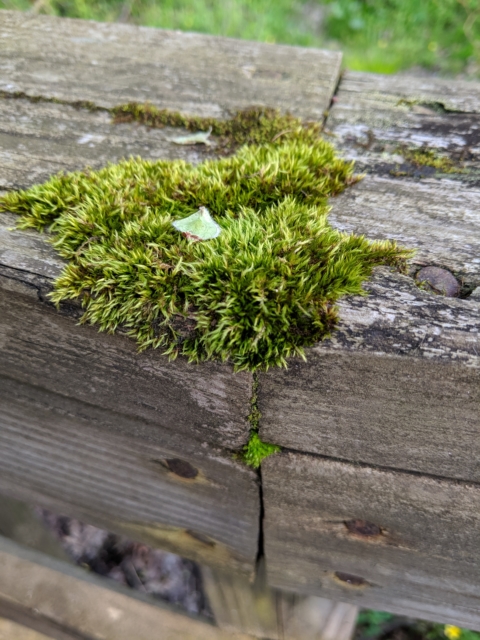
From a recent walk in the woods. Nature does anything but compartmentalize…
I also witnessed compartmentalization negatively affect students—believing they have to focus all their time on one task until a deadline; e.g. I can’t go to that lecture or show or even think about X until I finish this other assignment. They put on horse blinders, and therefore miss how life often informs our art in ways we could never discover no matter how much we focus on our research. We need time and space for ideas to settle, and let them get worked out in the back of our head.
I took a literature class this semester, and the professor urged us on the first day not to read everything the night before because somewhere, maybe in the middle of taking a shower or walking to another class, comes an “aha!” moment that just can’t happen if you cram all the info in at once without time and space to expand. Wise words.
Part of creativity, in my opinion, is being open to making connections even you did not expect. Often, I know I am on the right track in an artistic creation when everything seems to connect to what I am making—the new perspective and expanding horizon from the creative endeavor allow me to see the world, even the mundane, in new light, and that then pushes the work further. That’s the “intersectionality” I am interested in.
“The making of connections defines and makes possible creativity. These processes tap into what we know and feel, but have not yet (or cannot be) articulated. They elude the rational, conscious mind—which tends to constrict, label, categorize, and demand logical explanations.” –Jan Steward, Learning by Heart p. 94
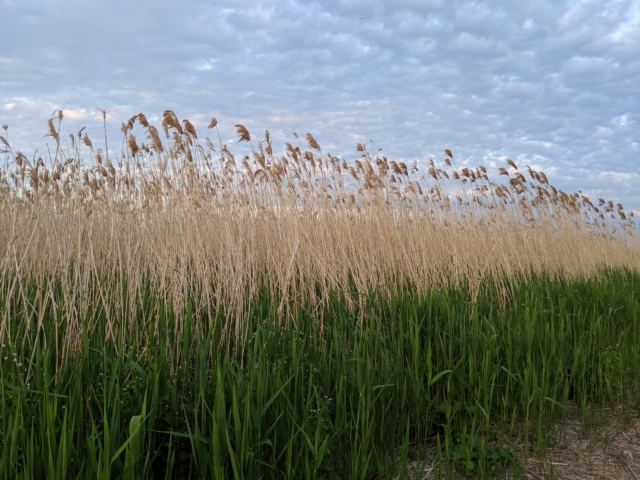
Getting pigeon-holed by labels or getting stuck thinking in a box is dangerous; it dead-ends the horizon of possibility. But then I do it on my website—to make my work digestible. Site specific. Traditional. Dance Theatre. If I just put all my videos in one category, it’s confusing, hard to define my work. But with the categories and labels, each part becomes more comprehensible while still showing a greater body of work. The reality is, all of these roles and experiences inform and shape one-another.
“When you get past making labels for things, it is possible to combine and transform elements into new things. Look at things until their import, identity, name, use, and description have dissolved.”—Sister Corita Kent, Learning by Heart p. 20
No to unsustainability.
No to quick, meaningless ways of working.
Also in the past several months, the idea of slowing down has started to draw my attention. It seems like some artists and companies create works overnight—producing piece after piece, evening-length after evening-length work. But the reality is, slow growth is usually sustainable growth. And unless there is a large team working on all of the projects, it just ends up being monotonous work, with no depth, no discovery within each work—a different package but the contents remain more or less unchanged.
It took me seven years to create a piece based on my favorite story by Borges. Was I working on it the whole time? No. But the experiences I gained over that time, all built towards one 20-minute piece. My Fulbright’s focus was gaining tools to create the piece, then I started to experiment, submitted work to various choreographic platforms, got nowhere—realized I lacked yet more tools—went to graduate school. Finally, I created the work. I pushed my limits in the process and got there from my research and my living. Sure, I could’ve made the work sooner, but it would not have been the piece I envisioned.
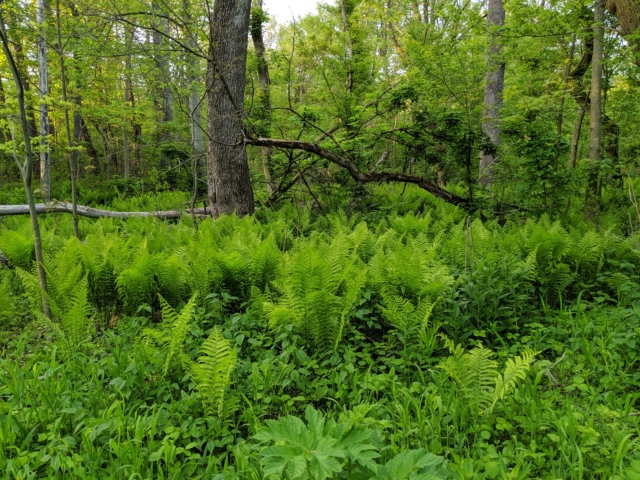
From 2016 to 2018, I created three evening length works. A couple of the solos were recycled (just a guajiras, really). Did I delve deeply into the concepts—yes. Do I wish I could do the shows more, delve deeper yet? Definitely—especially Vacío/Void, whose premiere felt like draft one.
Now, teaching full time, designing classes, applying to grants, organizing symposiums, I don’t have the amount of time to focus on creating work that I did in the two years I spent in Albuquerque. So now it’s finding a way to delve slowly into the topics that engage me, let my other work and my personal life feed these seeds. Little by little.
I am growing plants from seedlings for the first time in my life—tomato plants. The excitement of seeing that first bit of green poke above the soil left me ecstatic. Now the growth seems less exciting. Sure, they’re getting taller and bigger, but beyond that initial surfacing until tomato bulbs begin to form can seem dull, but it’s that slow, necessary growth and care that makes the tomato fruit eventually possible.
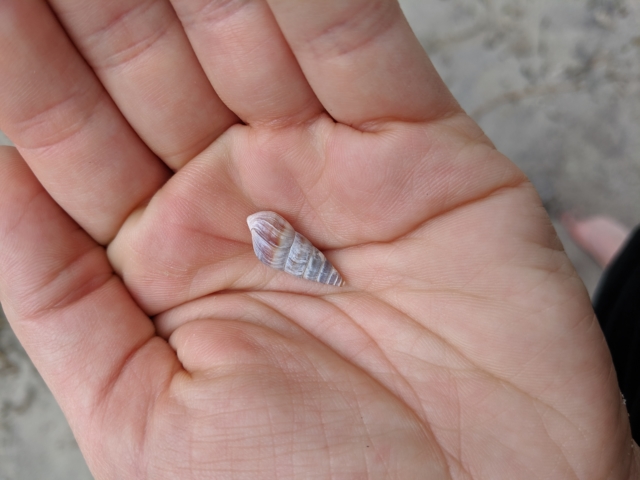
The details in this tiny shell…who knows how long it took to make this little masterpiece…
As dancer, I work slowly in the studio through every gesture to get just the right movement quality and to clean-up technique issues. The same goes for creating movement. Choreographing parallels writing in many ways—rarely is the first draft even close to ready. (I call it my “word vomit” draft). An improvisation or a score can work on a first take, but with more “cooking” improves—the more you improvise that score, the deeper and more layered its results. For set choreography, precision becomes essential, re-organizing and re-drafting the initial pile of ideas. It’s about giving space for pieces to evolve and layer—to not feel rushed to produce work after work—then I am just a machine, not a feeling, breathing, evolving, malleable artist.
Going back and making sure the foundations are stable and strong to keep building is important too, and part of this slow, sustainable growth. I recently came across this article, emphasizing the importance of foundations in any research: https://www.theatlantic.com/science/archive/2019/05/waste-1000-studies/589684/
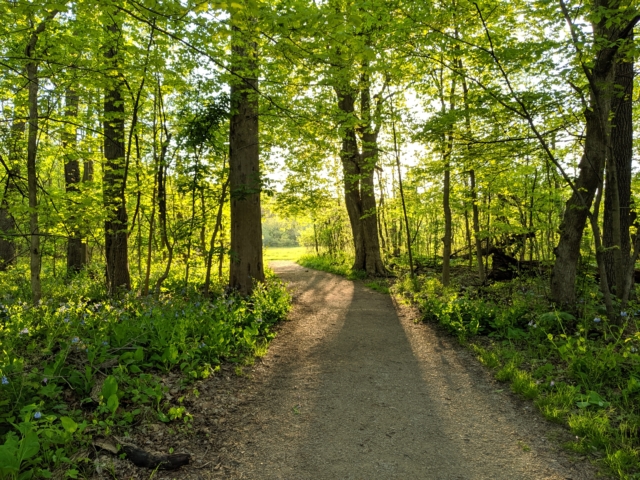
We often measure success in the number of gigs we get, how many destinations we travel to, or worse yet how much money we make—the epitome of success in dance seems to be international tours. So many dancers dream of that. What about being a hero in a local community, no matter how small—adding something unique and new to the dance field? If what you’re doing is really about the work—deepening your work/research/practice/impact, working with correct technique, helping create complete dancers, trusting the process—scale and fame don’t matter as much and sustainability seems to fall into place. I want to leave behind the frenzy and superficial large-scale work, it’s like a piece of pizza dough stretched too thin to hold any toppings. And it will burn in the oven. And no one likes burnt pizza.
Here’s to slow, sustainable growth and seeing the connections between all things.
When asked what makes a good dancer, the master replied:
First to be a good dancer, one must know the music as well as the dance.
And what else?
To be a better dancer, one must understand the stories and be able to interpret the characters being portrayed.
Is there more?
The best dancer is the one who has all those things I have told you about and is a farmer.
–JAVANESE PROVERB
(From Learning by Heart p. 101)
Special thanks to Wendy Clinard for sending me Learning by Heart and for creating a dance company and teaching model I deeply admire.
And here is Yvonne Rainer’s No-Manifesto for those wanting some dance history: https://www.moma.org/learn/moma_learning/yvonne-rainer-trio-a-1978/


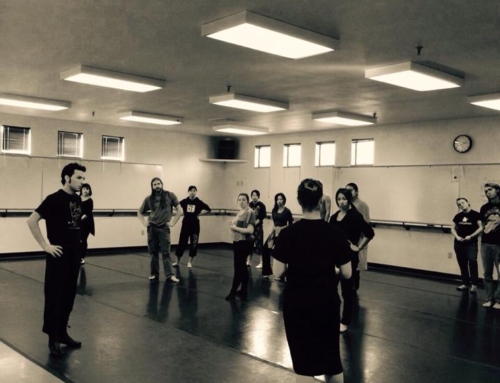
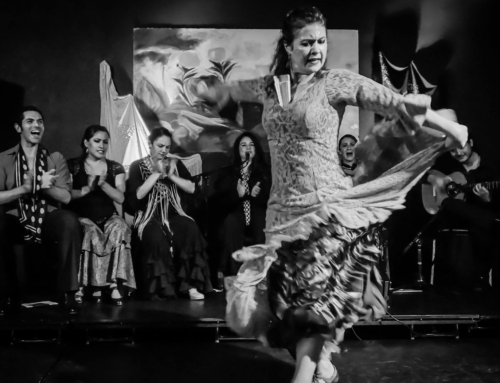



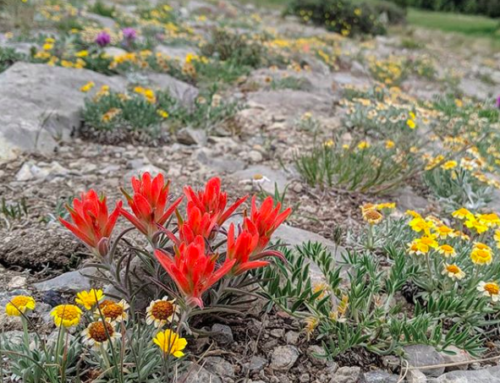
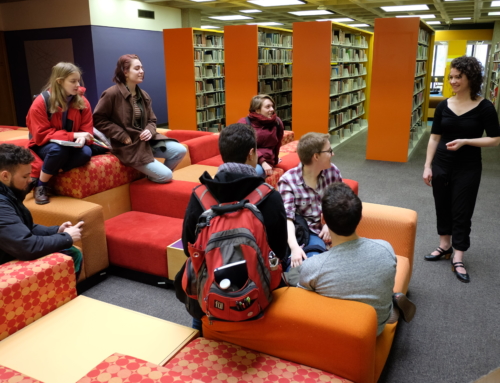
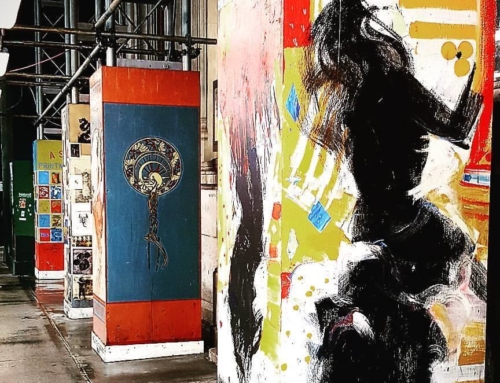
Leave A Comment